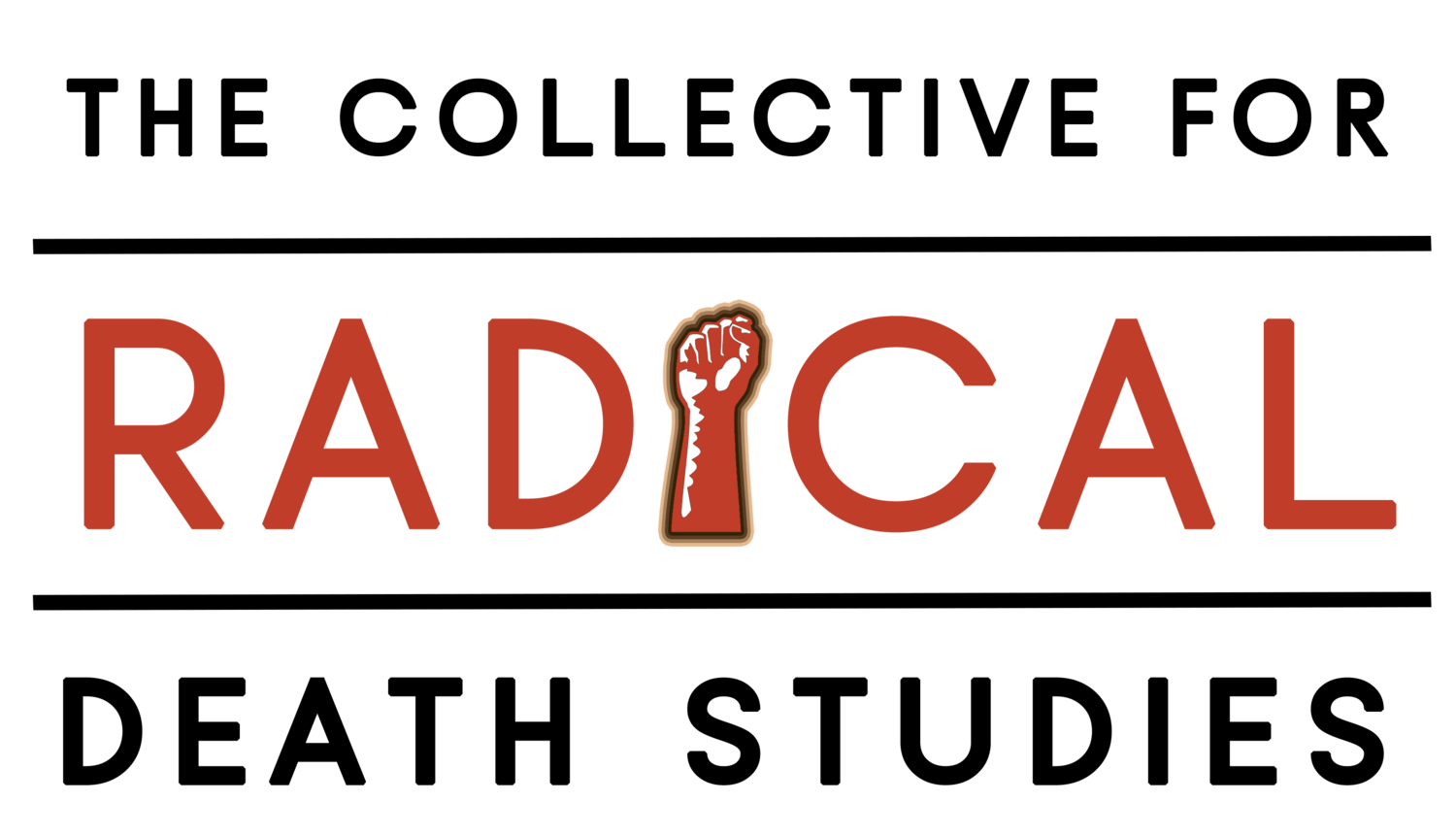Digging Up the Past at Fr. Dickson Cemetery
Ed. Note: The Collective for Radical Death Studies is launching a new initiative called Field Notes. This will be an opportunity for people like you to write short postings (no more than 600 words) about public programs, classes, and activities in your own communities that reflect the priorities of CRDS. We’ve designed it to be a place where others can use your successful programs as inspiration for their own.
Below is the first of our Field Notes, contributed by St. Louis public historian and blog co-editor-in-chief Jeffrey Smith.
Historic African American cemeteries offer unique opportunities as teaching centers and tools. Their very presence is part of the historical experience they document in that they exist because of long legacies of segregation and racism in the United States. They also offer opportunities to teach students about this history and encourage them to dig further into that history. That’s the origin of “Digging Up the Past at Fr. Dickson Cemetery,” a program designed for high school students in St. Louis.
Founded in 1903, Dickson Cemetery was named for Fr. Moses Dickson, one of the most prominent African Americans in St. Louis during the second half of the nineteenth century. Like many such burial spaces, it was a commercial venture that would pay for itself—and even yield profits for organizers (who, in this case, were white)—by catering to an emerging Black neighborhood, Meachum Park, in nearby Kirkwood. They named it for Dickson—an abolitionist, educator, minister, community organizer, founder of the Sons of Tabor, and Republican stalwart—who died in 1901. Dickson was exhumed from St. Peter’s Cemetery in August 1903, so he could receive the first burial at the cemetery bearing his name. Thousands attended the opening dedication. Today, there are some 12,000 people buried at Dickson Cemetery.
“Digging Up the Past at Fr. Dickson Cemetery” focuses on the individuals buried there and their lives. Since it was a commercial cemetery, and people paid for burials, those interred at Dickson were generally of at least some means—solid middle-class families. Here’s how the program works: Students explore the history of an individual using their death certificate as a starting point. They work in small groups—3 or 4 is ideal—in a series of guided activities to understand the lives of African Americans at a personal level.
To recreate this program, you’ll need an introductory lecture about cemeteries—and particularly about African American ones. For me, it was about 15 minutes and illustrated with a PowerPoint. Then, create worksheets for each of three break-out sessions. First, we have an “icebreaker” that asks them to discuss three questions, then some share their answers with the whole group:
When have each of you been to a cemetery?
What are three reasons you think people visit cemeteries?
What are 5 words that your group thinks best describe cemeteries?
Then, each group receives a different person’s death certificate. These are generally available online through the state’s Secretary of State’s office. The second worksheet asks the following questions for discussion:
What is the name of the deceased?
Where was their place of death?
Where did they live?
Where in the St. Louis metro area is that?
What are 3 questions you have about this person based on their death certificate?
The idea is to get student to do a close reading of the document. Warning: Some are written in cursive, which is sometimes a bit of a foreign language for students; you may want to use typed certificates from after 1950.
In the third phase, I have students use their laptops to explore the person in the local African American newspaper, the St. Louis Argus, which is available through newspapers.com. (To set this up, create a special account just for this rather than give students your personal login. It’s free for seven days, so it won’t cost anything.) I put login instructions on a PowerPoint slide. Then, they are asked to answer the following:
What do you know about this person?
Investigate further. What questions does this raise?
Where was the funeral held? Where is that? What can you surmise about it?
What do you know about this person?
How do you know you have the right person in the newspaper?
Be sure to set students up for success. I research the names in advance to be sure they’re able to find something in the newspapers. To speed up your preparation process, do a newspaper search for the cemetery (in this case, Dickson Cemetery) and find the obituaries that give the burial site. It isn’t a complete list of burials, but it gives you more than enough to work with. I asked the last question because names can be common (trust me—mine’s Smith); this forces them to really look and figure out if, say, they have this Oscar Williams, who died in 1960, or the Oscar Williams who was probably his son (and a barber who was featured in the paper through much of the 1960s). Williams’s death certificate is provided here as an example.
Now, when the students visit the cemetery, it isn’t just a collection of stones and names, but actual people who lived actual lives.
Jeffrey Smith, PhD
January 3, 2025
